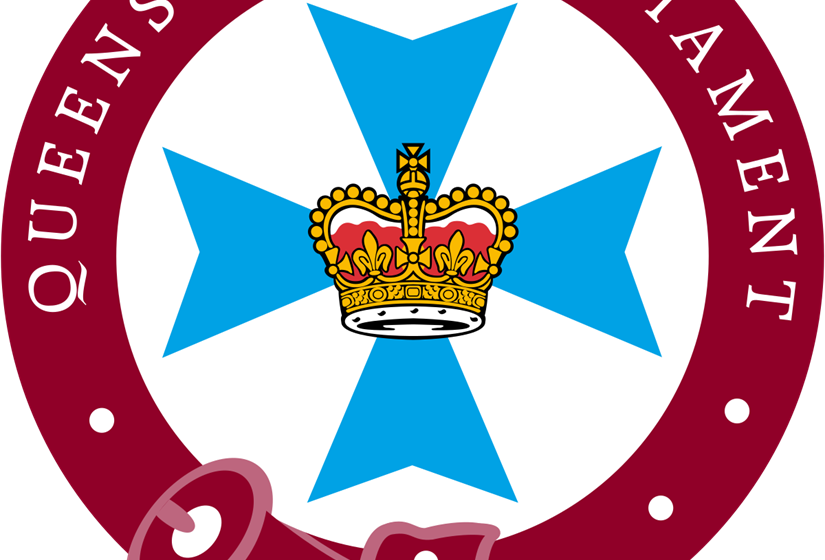PRIVATE MEMBERS' STATEMENTS
McCarthy, Private J
Mr MELLISH (Aspley—ALP) (2.21 pm): I wish to speak briefly today to pay tribute to the legacy of a great Queenslander. This story was recently relayed to me and I think it is deserving of placing on the public record.
It is fitting that today, September 6, is the 100th anniversary of the death of Private John McCarthy, who died at the Somme in World War I. Members of John’s family, notably his grandchildren and their families, gathered this morning to honour his service at Mowbray Park, where he is commemorated. John is commemorated there because he enlisted with the First Australian Imperial Force from his home at Potts Street, East Brisbane, in January 1917 at the age of 37. After his death his wife, Teresa, and their two children, Phyllis and William, moved to Manilla Street, East Brisbane, and eventually to an Anzac Cottage at Nundah some time later in 1919. Unfortunately, John has no known grave and he is therefore commemorated on the Villers-Bretonneux Memorial to the Missing in France.
In addition to his brave sacrifice in World War I, John also had a fairly colourful and substantial historical role in what was a significant political event in Brisbane’s history: the general strike of 1912. The strike was arguably Australia’s first-ever general strike, and it shaped the role of the Labor movement in Australia from then on. The Brisbane general strike began when members of the Australian Tramway Employees Association, a precursor to the RTBU, were dismissed when they wore union badges to work in January 1912. At the height of the strike over 25,000 workers marched from the Brisbane Trades Hall to Fortitude Valley and back, with over 50,000 supporters watching from the sidelines. The strike also sadly gave rise to Brisbane’s own ‘black Friday’, where peaceful protestors were ridden down and assailed by police and specially sworn-in officers.
John McCarthy was a member of the Australian Tramway Employees Association during this period, and it was he who brought a test case against the operators of the tramway, General Electric, for workers to be reinstated. After much delay the Commonwealth Court of Conciliation and Arbitration eventually ruled in favour of the tramway workers, but by that time the strike was broken. The legacy of the strike went further. It is worth noting that one of the key protagonists of the strike on the side of the workers was the then opposition member TJ Ryan, who went on to become premier of the second Labor government in Queensland. Like many others, John McCarthy was sacked for his union involvement in the strike. He was never re-employed. Circumstances were therefore tough for him, and he finally became a carter with a horse and dray. He worked around the Gabba area until joining the Australian Imperial Force in early 1917.
I am especially honoured to acknowledge John McCarthy in parliament given the sacrifices he made—not only the ultimate sacrifice he made for his country in war—but also his earlier sacrifices to the union and Labor movements, both proud legacies which live on today.
